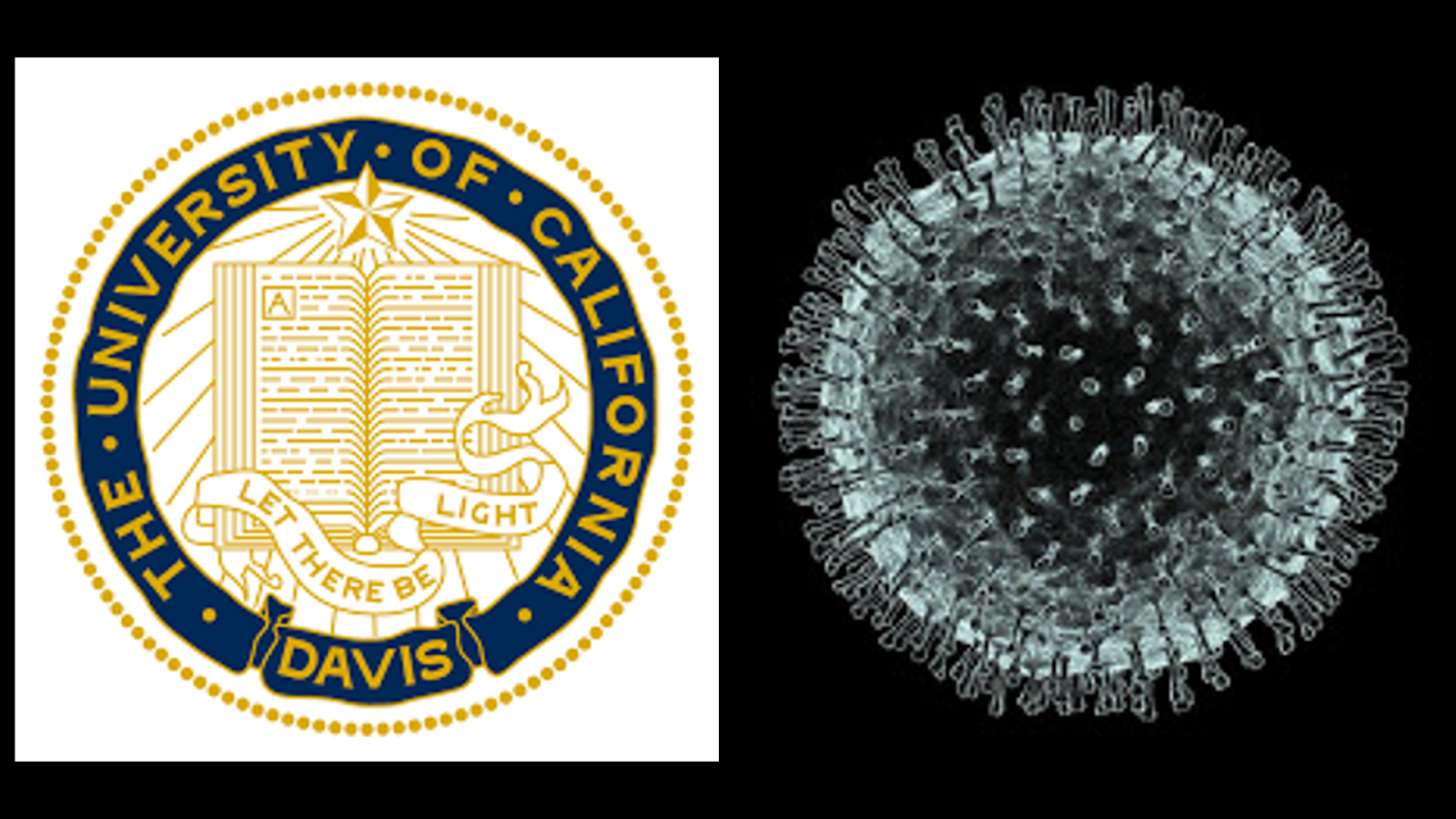Politico has a detailed article about how UC-Davis and the City of Davis dealt with the coronavirus before vaccines and readily-available tests had come along. Excerpt:
In the summer of 2020, this rural college town near Sacramento was on edge. Thousands of college students who had been sent home during the Covid-19 pandemic’s early days were about to return, flying in to the University of California, Davis campus from all over the world and potentially turning the reopening into a superspreader event. The concern wasn’t just for the students and the rest of the university — any outbreak would likely spread to the rest of town, putting at risk vulnerable people of all ages and walks of life. At the time, there were no vaccines, and rates of death and hospitalization were high, particularly among older Americans and those with weaker immune systems...
Brad Pollock, chair of the university’s department of public health who coordinated the campus’ Covid response, was home one weekend in June mulling the problem. Given how easily people were spreading the disease before they knew they were sick, he knew that protecting the city would hinge on what seemed impossible at the time — regular testing, even before people knew they were sick.
It’s hard to remember now, but in those early days of the pandemic, testing was hard to come by. Home tests were more than a year away and getting a test at a testing site was usually contingent on having symptoms and getting a doctor’s referral. Lab results were taking so long to come back that sometimes people were no longer infectious by the time they received them.
Brad Pollock, a public health professor who coordinated the campus’ Covid response, knew that protecting the city would hinge on what seemed impossible at the time — regular testing, even before people knew they were sick. Protecting the community meant testing both on and off campus, widely and for free. Pollock sat down and started sketching. Inside a big circle, he jotted down everyone he could think of whose lives could be upended by the pandemic. University students, families, people who commute to town for work. Business owners, seniors, homeless people.
Nearly 40,000 students were enrolled at UC Davis, including medical and nursing students at its Sacramento campus. About 6,000 were coming back to on-campus housing. There were more than 23,500 academic and university staff living in various locales. Hundreds of other people come into the city, which has nearly 70,000 residents, to work every day — all people whose lives center on Davis and whose health would be at risk in an outbreak. To make Pollock’s plan work, the university had to find a way to test thousands of people every week, quickly and cheaply.
Lots of universities and communities knew that the best way to control COVID was pre-symptomatic testing. But UC Davis is a world-class agricultural research institution, and so it had an advantage they didn’t: expertise in pandemic testing — for plants...
Even with its world-class technologies, the university’s labs didn’t have equipment with the kind of capacity to test the whole university, let alone the whole community. The machines that could do that — test up to 40,000 samples of human saliva for COVID each week — cost about $450,000 a pop. And they would need two, for backup.
The university administration, desperate for a workable plan, agreed to pay for them. And researchers across UC Davis, from the engineering department to the medical school, began to collaborate, searching for ways to solve the enormous logistical challenges. The plant researchers worked to refine the process, using a papaya enzyme to make human spit less viscous and easier to process. A colleague in the engineering department devised a machine to shake the vials, a necessary and laborious step previously done by hand. These scientific innovations — and an anonymous $40 million donation — allowed this college town to do something that few, if any, other communities were able to do during COVID. Starting in the fall of 2020, the university tested its students and staff every week and made free, walk-in testing available throughout the town...
Full story at https://www.politico.com/news/magazine/2022/09/25/the-city-that-survived-covid-better-than-the-rest-of-us-00050564.
===
You can hear the text above at the link below:https://ia601402.us.archive.org/25/items/big-ten/davis%20covid.mp3


No comments:
Post a Comment